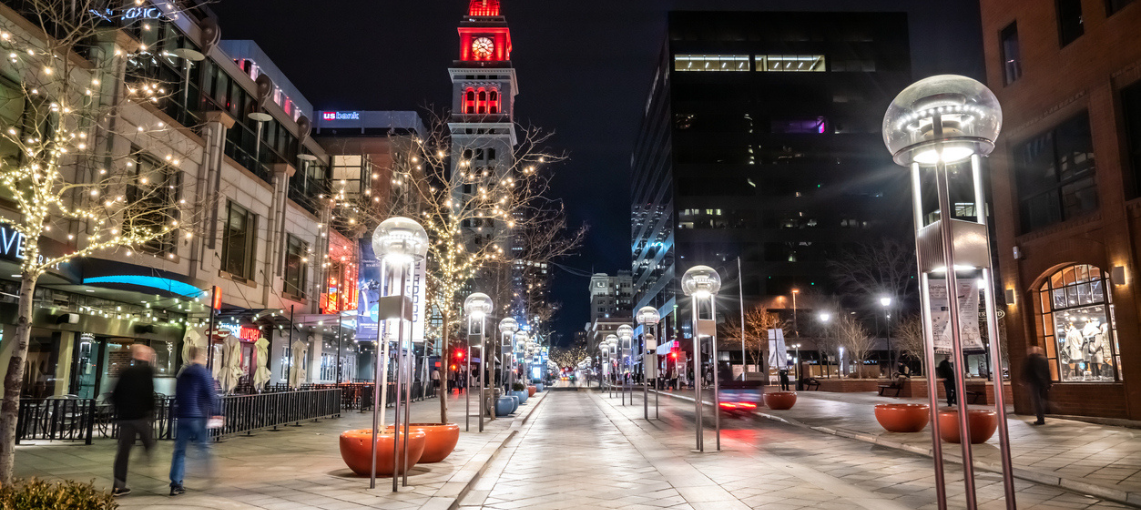Site and situational characteristics
How do you define site characteristics
Site selection is a critical aspect of every industry including restaurants, retail, grocery, fuel, and convenience, and understanding the importance of site and situational characteristics is crucial to success.
There are three primary considerations in assessing the viability of a proposed retail, restaurant, or service provider location: the underlying demand for the product or service, the existing supply of competitive operators who are serving that demand, and the quality of the specific site location. Site characteristics refer to the last of these considerations — given the physical characteristics associated with a particular location, how effectively will it be able to tap into the underlying demand?
Some of the specific factors included in site characteristics are:
- Visibility
- Signage (what kind, how visible)
- Parking (how easy is it to park, how much parking)
- Ingress/Egress
- Type of location (e.g. shopping center, power center, freestanding, mall, etc.)
The impact of co-tenants
In addition to the physical attributes of a site, its situation or position in relation to complementary retailers/restaurants/service providers, other traffic generators, and pockets of potential customers should be considered. These are commonly referred to as situational characteristics and include factors such as co-tenancy, proximity to regional hubs, access to Interstates and highways, proximity to the worker and “daytime” population concentrations, traffic counts/flow, and the “going home versus going to work” side of the road.
Co-tenants are among the most important situational characteristics.
Generally, a retailer should seek locations in a retail node that attracts “like” types of consumers thereby enabling your site to capitalize on the synergy created by other proximate retailers.
The same would be true of restaurants. High-end, white tablecloth restaurants will typically avoid a development that is anchored by a discount retailer or whose food service tenants are predominantly QSR-centric.
Does the importance vary by operator type?
The importance does vary considerably by category. For some operators such as gas stations, quick service restaurants (QSRs), coffee shops, and convenience stores, site, and situational characteristics are very important. For example, with gas stations, the corner on which they are positioned makes a difference for the consumer. As a rule, the more frequently you patronize the operator, the more important site characteristics are.
Conversely, if a retailer is a destination retailer such as IKEA, Costco, or Sam’s Club, the fact that it might take consumers an extra 30 seconds to cut across traffic to get into their parking lot is not that big of a deal. Proximity to regional accessibility rather than what corner they are located on is far more important for more destination-oriented concepts.
For dental and other healthcare practices, site and situational characteristics can matter even less. Admittedly, a good site can help accelerate the acceptance of a greenfield healthcare practice in a new market. However, for an established practice, the site and situational characteristics associated with the office location are negligible. A dentist’s office could be in an old house in a residential neighborhood but most patients could care less; they utilize the services because they trust her abilities as a dentist.
The more important the personal relationship is, the less important site and situational characteristics become.
Do site and situational characteristics always "matter"?
While site and situational characteristics generally matter most for convenience-based retailers, they do matter for all brick-and-mortar locations, even some destination-oriented retailers — it’s just a matter of degree.
Occasionally, site characteristics don’t seem to matter much at all due to a unique and strongly destination-oriented concept. Such retailers are able to take significantly compromised locations such as sites in predominantly industrial areas.
However, the moment a competitor “clones” the concept, site characteristics suddenly start to matter a lot. If these competitors deploy in areas with a more desirable location, site, and situational characteristics become a much more significant consideration with respect to the selection of future sites.
For QSR and fast casual restaurants, the daytime population is an example of a situational characteristic that matters a lot. Even though there might not be a lot of residents in a QSR trade area, the QSR can thrive because of the thousands of in-profile consumers working in the 100,000 sq ft office buildings in the area. Many QSRs depend almost exclusively on proximity to employment centers and/or drive-by traffic as in the case of freeway locations.
Read more articles about:
Location intelligenceRelated Posts
Location intelligence
Forman Mills accelerates growth with the Kalibrate Location Intelligence platform
The value apparel and home goods retailer selects Kalibrate to to support its national expansion strategy.

Location intelligence
The Kalibrate news round-up: November 2025
In this monthly feature, we look across the industry and mainstream news to uncover stories of note that we think are...


